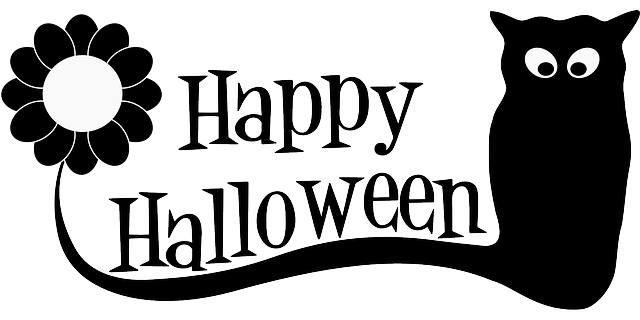
Halloween can cause a lot of anxiety for parents, especially those of young children. But with a few precautions, you can make Halloween a fun treat for you and your kids.
- Children shouldn’t snack while they’re out trick-or-treating, says the Centers for Disease Control. Children must wait until they get home and you have had a chance to inspect the contents of their “goody bags.” To help prevent children from snacking, don’t send them out on an empty stomach. Give them a light meal or snack before they go.
- Check the goody bags of very young children for items such as gum, peanuts, hard candies or small toys. These can be choking hazards.
- Inspect commercially wrapped treats for signs of tampering, such as an unusual appearance or discoloration, tiny pinholes, or tears in wrappers. Discard items that are homemade, not wrapped, or look suspicious.
- Give children healthy snacks, too. Treats such low fat crackers with cheese, boxes of raisins, and microwaveable popcorn, for example, as alternatives to high sugar treats.
- Take special precautions if your children have food allergies, says the American Academy of Allergy, Asthma and Immunology. The foods that most commonly cause allergic reactions are tree nuts, peanuts, milk, and eggs, common ingredients in candy and other sweets. Even if certain candies are usually safe for your child, the ‘fun size’ version (the size most commonly handed out to trick-or-treaters) may have different ingredients than their regular-sized counterparts. Consider supplying treats to close friends and neighbors to give to your allergic child when your child rings their bell. Or organize a party where you can control the food.
- If juice or cider is served to children at Halloween parties, make sure it is pasteurized or otherwise treated. Raw juices and ciders can contain harmful bacteria.
Don’t allow children to taste raw cookie dough or cake batter. Intestinal disease-causing bacteria have been isolated from commercial cookie dough. Cookies that have been baked in an oven are safe to eat.
- Bobbing for Apples is a popular and traditional Halloween game – but violates many sanitary codes in the age of H1N1. In this game, you fill a large washtub with water and put apples in it, until they are still a few inches below water. Children must take the apples out of the tub only with their mouths, without using hands. Better postpone the game for healthier times.
- At Halloween parties (and all other parties) keep perishable foods chilled until serving time. These include finger sandwiches, cheese platters, fruit or tossed salads, cold pasta dishes with meat, poultry, or seafood, cream pies or cakes with whipped cream and cream cheese frostings. Cold temperatures help keep most harmful bacteria from multiplying. Never leave the food at room temperature for more than two hours.
- Encourage your kids to use face paints instead of masks for their costumes. Generally, face paints are safer than masks because many masks make it difficult for children to see and thus increase the risk of falls, the most common Halloween-related injury.
- Be aware that some face paints commonly used for Halloween can cause rashes, says the Food and Drug Administration. Try a dab of the paint on an arm a day or two before wearing to check for allergic reactions. Don’t use anything on the face that isn’t intended for skin. Avoid using paints near the eyes, especially “neon” or “day-glow” and luminescent “glow-in-the-dark” colors. Don’t sleep with face paint on; wearing it too long increases the chances of allergic reactions. Prolonged contact with the skin may cause the paints to flake off and get in the eyes. However, if a small amount gets into a child’s mouth, this does not appear to be a problem. If face paint has a bad smell, it could be a sign of contamination or bacteria. Throw it away.
Karl Neumann MD
Busy-Mom Pediatrician
Karl Neumann MD is a Pediatrician, Travel medicine practitioner, AND Journalist.
RETIRED – Clinical Associate Professor of Pediatrics, Weill Medical College of Cornell University RETIRED– Clinical Associate Attending Pediatrician, New York Presbyterian Hospital–Cornell & Columbia Medical Center, New York, New York.

